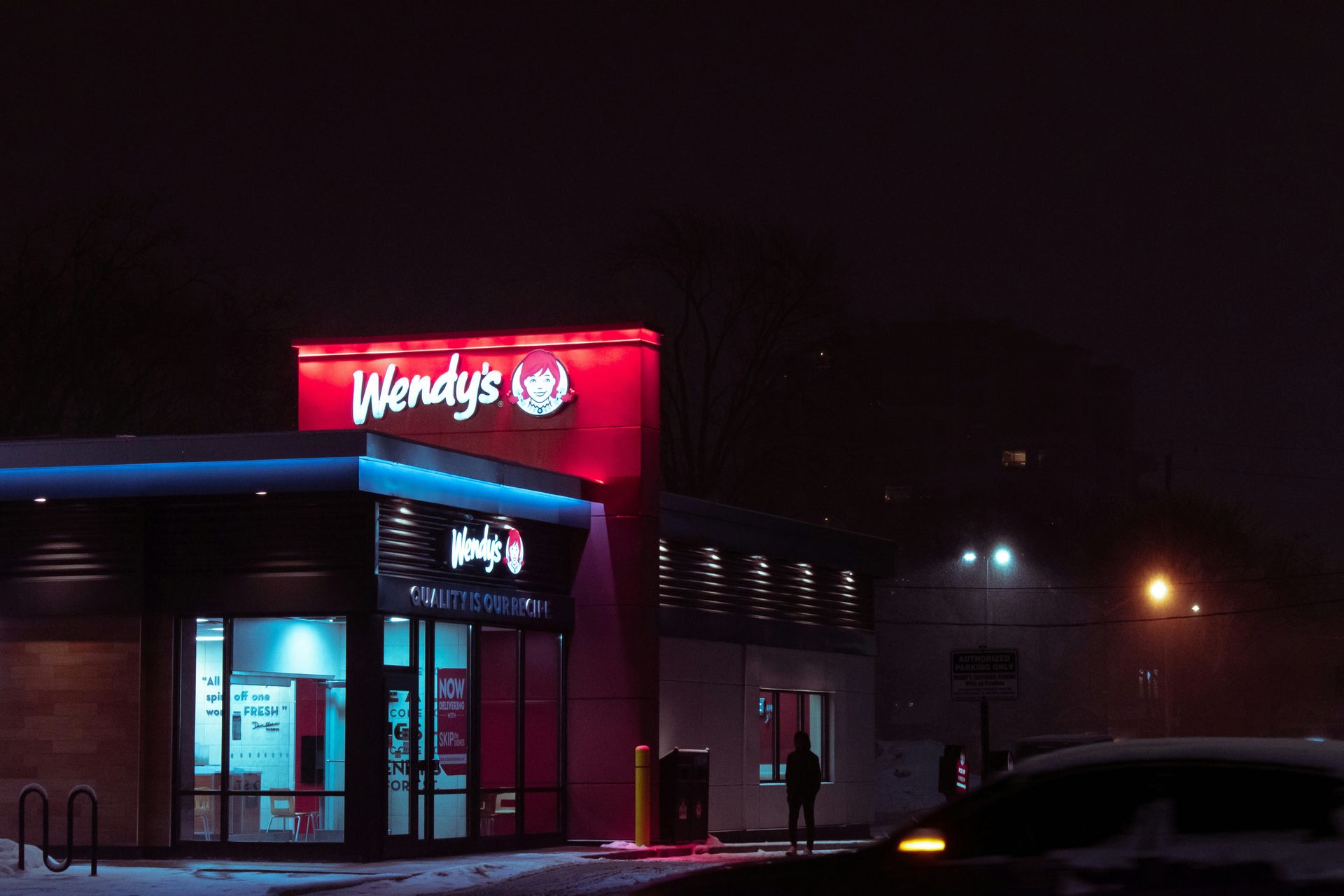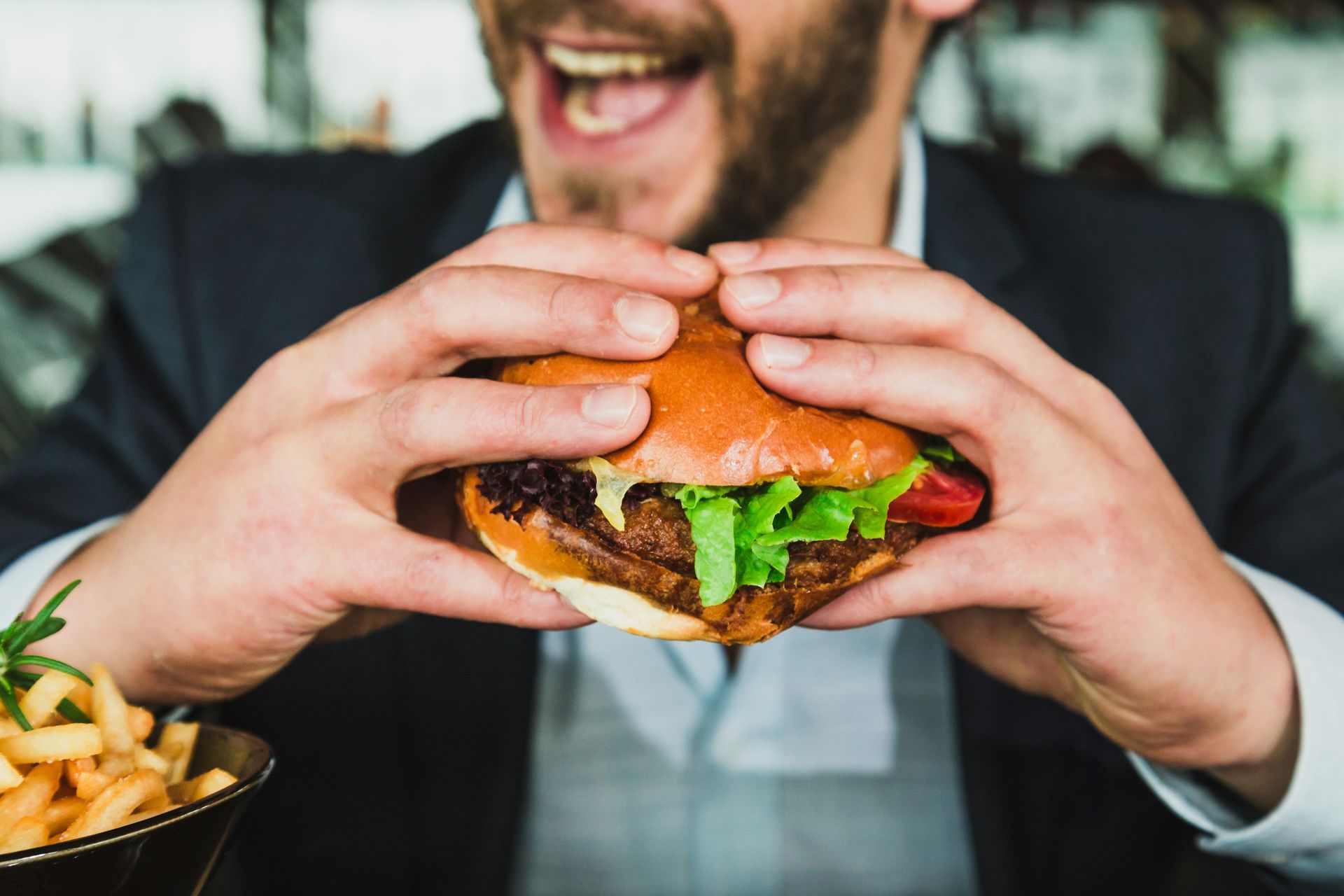The way we pay for our favorite fast food meals may be experiencing a major shift, with restaurants embracing fast food restaurants surge pricing.
The concept – already familiar to ride-share users – means the price you pay for a burger, fries, or frosty may depend on the time of day and other demand factors.
This strategy, also known as dynamic pricing, fluctuates prices based on demand. Your lunchtime burger might cost more than the same burger in the afternoon, affecting your consuming habits. And that’s a valuable data for fast food restaurants to study on!
Fast food restaurants surge pricing concept is something never heard of
The fast food restaurants surge pricing concept is something never heard of, but Wendy’s plans to explore dynamic pricing made major headlines. Evidence suggests other big-name fast-food companies are also testing this model in select locations. Restaurants, pubs, and even sports stadiums are adjusting prices based on demand to maximize profits.

Restaurants see benefits in surge pricing. Higher prices during peak times boost revenue. Additionally, increased prices could subtly shift some customers towards slower hours, improving kitchen efficiency.
The data collected from fast food restaurants surge pricing can provide valuable insights into customer behavior and preferences.
What is the surge pricing meaning?
Surge pricing, or dynamic pricing, means that prices aren’t fixed. Instead, they fluctuate based on factors like:
- Time of day: Peak lunch and dinner hours might see higher prices
- Weather: A heatwave could drive up drink prices
- Local events: Prices may increase when there’s a concert or sporting event nearby
- Overall demand: If a location is particularly busy, prices could rise to slow down order volume a bit
Although it may seem purely profit-making, companies like Uber and Lyft have long used this concept to better analyze user patterns.
But why the fast food sector?
- Understanding demand patterns: Surge pricing would give fast-food restaurants detailed data on when their locations experience peak demand. This could be influenced by factors like time of day, weather, local events, or even competing restaurant promotions. This data is crucial for making informed business decisions
- Targeted staffing and inventory: Armed with demand information, restaurants could optimize their staffing schedules, ensuring enough employees are present during peak periods while reducing labor costs at slower times. They could also more accurately forecast inventory needs to prevent shortages of popular items
- Pricing optimization: Data insights would allow restaurants to fine-tune their dynamic pricing algorithms. They could analyze how customers respond to different price adjustments, ensuring the increases maximize revenue without drastically suppressing demand
- Identifying new opportunities: Detailed customer data could reveal gaps in the market. A restaurant might discover an untapped demand for late-night meals in a specific area, or spot a trend of increased burger orders during specific weather conditions. This could guide menu expansions or local promotions
Like ride-sharing companies, fast food restaurants could also use surge pricing data to send tailored discounts. They could incentivize customers to order during traditionally slow periods or target individuals who frequently order high-demand items during surge times, offering them slightly lower prices

Not really well-received
Consumers, however, have mixed feelings about fast food restaurants surge pricing decisions. Many dislike being ‘penalized’ for eating during popular times and demand transparency around price fluctuations. Aggressive pricing models could lead to customer boycotts and negative press.
Andi on X, for instance, has criticized fast food restaurants surge pricing decisions in a rather ironic way:
Starting tonight, I too will be implementing surge pricing. If the kids need me after 9 o’clock, it’s gonna cost extra.
— Andi (@smiles_and_nods) February 27, 2024
The success of surge pricing in fast food hinges on its implementation. Clear communication about pricing shifts and reasonable price increases are key. The use of digital menu boards and sophisticated algorithms make this strategy easier for restaurants to manage.
Even with surge pricing, savvy consumers have ways to save. Dining during off-peak hours, taking advantage of app offers, and seeking out special deals can help keep costs down, ultimately utilizing Fast food restaurants surge pricing decisions for their benefits.
Featured image credit: Vectonauta/Freepik.
- SEO Powered Content & PR Distribution. Get Amplified Today.
- PlatoData.Network Vertical Generative Ai. Empower Yourself. Access Here.
- PlatoAiStream. Web3 Intelligence. Knowledge Amplified. Access Here.
- PlatoESG. Carbon, CleanTech, Energy, Environment, Solar, Waste Management. Access Here.
- PlatoHealth. Biotech and Clinical Trials Intelligence. Access Here.
- Source: https://dataconomy.com/2024/03/01/fast-food-restaurants-surge-pricing-data/



